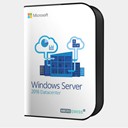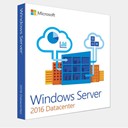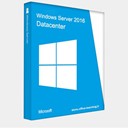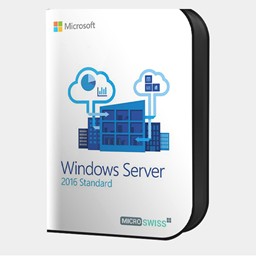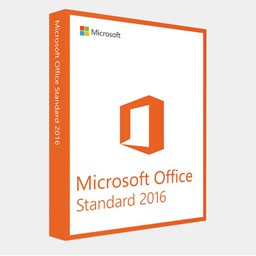Microsoft Windows Server 2016 Datacenter
To give you a more consistent licensing experience across multi-cloud environments, we’re transitioning from processor-based licensing to core-based licensing with Windows Server 2016 Datacenter and Standard editions.
